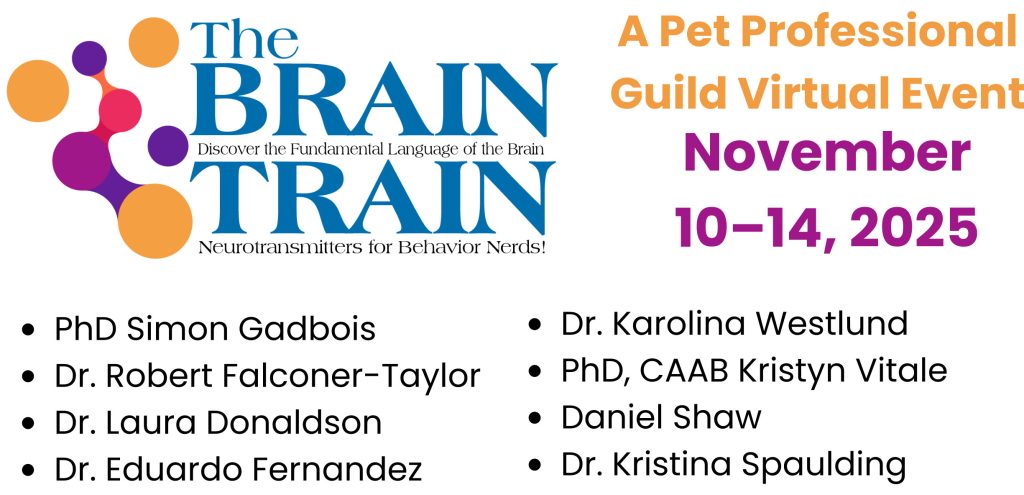Pets and Their People Blog
« Back
Home » Pet Owners » Pets and Their People Blog » Pets and Their People Blog » When Not to Greet or Approach a Dog!
When Not to Greet or Approach a Dog!
by
Niki Tudge
Just because some dogs look cute and cuddly does not mean we should treat them like teddy bears and greet them with hugs and cuddles. They are not toys! Dogs are living beings who have feelings just like we do. Some dogs have learned to tolerate hugs and teddy bear types of greetings, but they are NOT recommended as they can intimidate, scare and create anxiety. At best, this can leave a dog feeling unsafe and, at worst, can trigger a snap, growl or bite. Dogs have no other way of communicating, especially if they cannot remove themselves from a situation – or even if they feel they cannot. Try to imagine how the dog is feeling.
Here are some general rules:
- Never rush up to a dog or lean over him. Dogs do not like this and it can make them feel scared.
- Research shows that, as a general rule, dogs do not like being patted on the top of the head or on their backs.
- Never stare at dogs. This makes them very uncomfortable and in “Dog Speak” this is considered very rude and confrontational. If you stare at a dog he may feel threatened and respond accordingly.
- Children should be educated to be quiet and predictable around dogs and not to shout or squeal. This is very unnerving for dogs.
- Never kiss dogs.
- Never hug dogs.
- Don’t grab a dog’s head or face.
- Don’t suddenly reach out to a dog to pet, grab or stroke him.
- Never attempt to pet, approach or greet a dog who is eating, sleeping or enjoying quiet time in his safe place. Never stare at a dog directly in the eyes or put your face up to a dog’s face.
- Never try to take an object (e.g. chewy, toy) or food away from a dog.
- Never approach a dog that is on a bed or furniture.
- Never approach a dog that is tied up or in a vehicle.
- Never try to pet a dog through a fence or a crate.
- Never climb over a fence into a dog’s yard, even if the dog is usually friendly.
- Never try to break up a dog fight or interact with dogs that are play fighting.
- Leave dogs alone that are sleeping, resting, injured, very old, or with puppies.
Checkout some great resources here that can help you learn to “Speak Dog”

